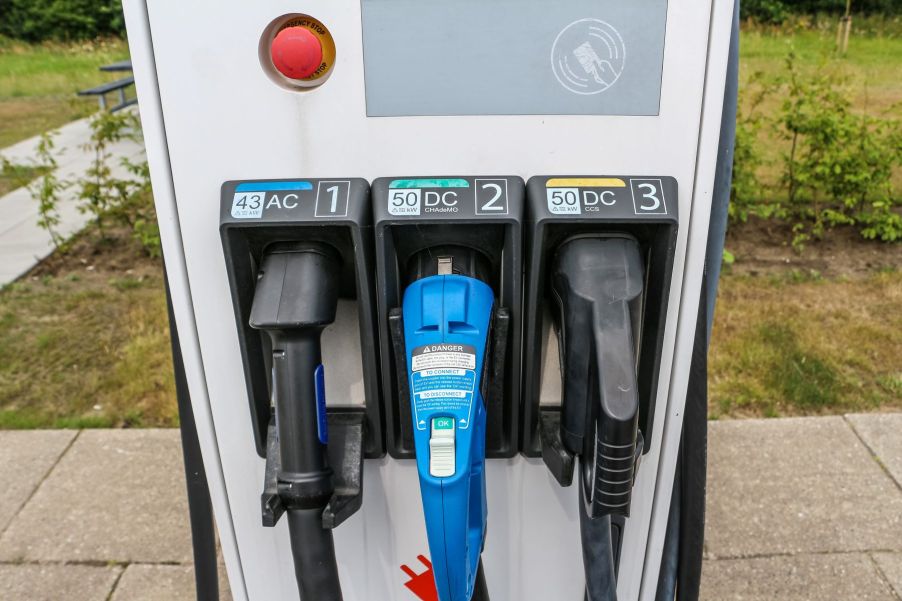
How Much Does It Cost to Charge an Electric Car at Pick ‘n Save?
More businesses are adopting electric vehicles (EVs) and providing charging stations for their customers and employees. Electric cars are a good choice because they are environmentally friendly and cost less to refuel than diesel or gas cars.
So, when you’re out and about and using electric vehicle charging map apps to scout for charging locations, you might find some at your local supermarket or grocery store. So, how much does charging an electric car at your local Pick ‘n Save cost?
The cost of charging an electric car
The amount an individual pays to charge their EV varies depending on numerous factors. First, you must consider where the charging equipment is installed and the type of vehicle. For example, it will be cheaper to charge from home than at public charging points.
The charging level also dictates the amount of time a vehicle takes to charge fully. Other factors that matter are the driver’s location/region, the preferred charge time for the car, and the utility provider.
The cost of different EV charging levels

The three charging levels cost differently to complete charging an electric car. Let’s discuss each below.
Level 1 charging
Level 1 charging equipment uses a 120-Volt, AC plug, and a dedicated circuit. It’s a good option for homes as it’s compatible with the household outlet. However, this method takes longer to charge an EV. It takes 40 to 50 hours to fully charge the vehicle with a 4 miles range per hour recharge rate.
Since people can use their connector with a standard outlet at home, Level 1 charging is much cheaper than the other levels. Remember, commercial charging is double that of residential rates. Additionally, the long charging hours on this level make it ideal for charging the car overnight.
Since utility companies like British Gas have discounted hours of operation, electricity rates are cheaper at night. So, it’s cheaper to fully charge the vehicle at this level.
Level 2 charging
Level 2 charging is ideal for residential and commercial use. It requires 240V, an AC plug, plus a 40-amp circuit. It takes 8 to 12 hours to fully charge an electric car, depending on the size of the battery. Level 2 charging has a 12-30 miles per hour charging rate and can be found at shopping centers, businesses, colleges, car dealerships, gas stations, and parking garages. According to Investopedia, it costs between $1 and $5 per hour to charge electric vehicles using Level 2 charging, depending on your location.
Level 3 charging
Another charging level to use when out of the house is Level 3 charging, also known as DC Fast Charging. It is a fast charger that takes 30 minutes to charge 80% of the battery. Its charging rate is 3-15 miles per minute and uses 480V and a direct-current plug (DC). This type of charging equipment is ideal for commercial or public places.
Level 3 charging works under networks like gas stations, providing several outlets countrywide. However, Level 3 equipment is only compatible with some vehicles, which can disadvantage some drivers.
Tesla superchargers
As a type of Level 3 charging, Tesla Superchargers take 10-20 minutes to fully charge an electric vehicle. The Supercharger network is available in different locations and is only for the Tesla models. However, there has been interest and speculation that the company will open its network to non-Tesla EVs.
How EV charging stations in stores set their rates
Kroger, the supermarket and retail chain company, announced a plan back in 2013 to expand its availability of electric vehicle charging stations to its many subsidiaries, including Pay Less and Pick ‘n Save, according to GreenBiz. More recently, the supermarket chain conglomerate partnered with Volta to speed up its placement of EV stations, according to Supermarket News.
To find out if your local Pick ‘n Save or other Kroger affiliate grocery store chain has EV charging stations, make sure to check online or with your smartphone apps, such as PlugShare or Chargemap.



